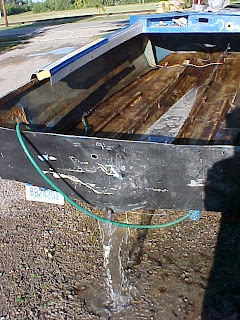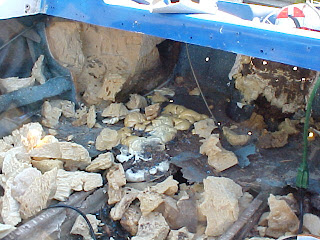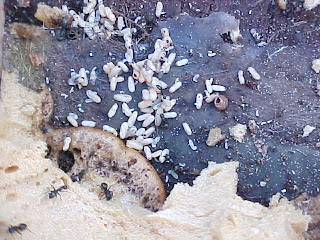 Here are unpublished old Polaroids of Batgirl and the 1966 Batboat that the Glastron boat company sent for display at The Atlanta Boat Show.
Here are unpublished old Polaroids of Batgirl and the 1966 Batboat that the Glastron boat company sent for display at The Atlanta Boat Show.These were posted at the Classic Glastron Owners Association forum recently by Joe Poole, Jr., a long time boat dealer. He estimates these were taken around 1967 - 1969. Batgirl was not introduced on TV until the fall of 1967.
It is unknown to me if Glastron made duplicates of the Batboat for exhibition or just had the one. If anyone knows, please let me know.
It appeared in the 1966 movie and footage shot during filming was used in only two episodes of the TV show making it one of the least used Batvehicles in the series.
Because of these brief glimpses it had been difficult to determine the original hull color. In most photos it looks black, due probably to shadowing, but at several wide shots in the movie it looks blue. However, after studying the picture Mr. Poole replied to me that the hull is blue and deck is metal-flake blue.
The original 1966 Batboat was damaged in a fire, I understand, and rebuilt as a car [with wheels, no less!] for parades. A shadow of its original form.
It is rare photos like this that give us a better understanding of what some of the original 1966 Batboat's features looked like.
Thank you Mr. Joe Poole!







































































